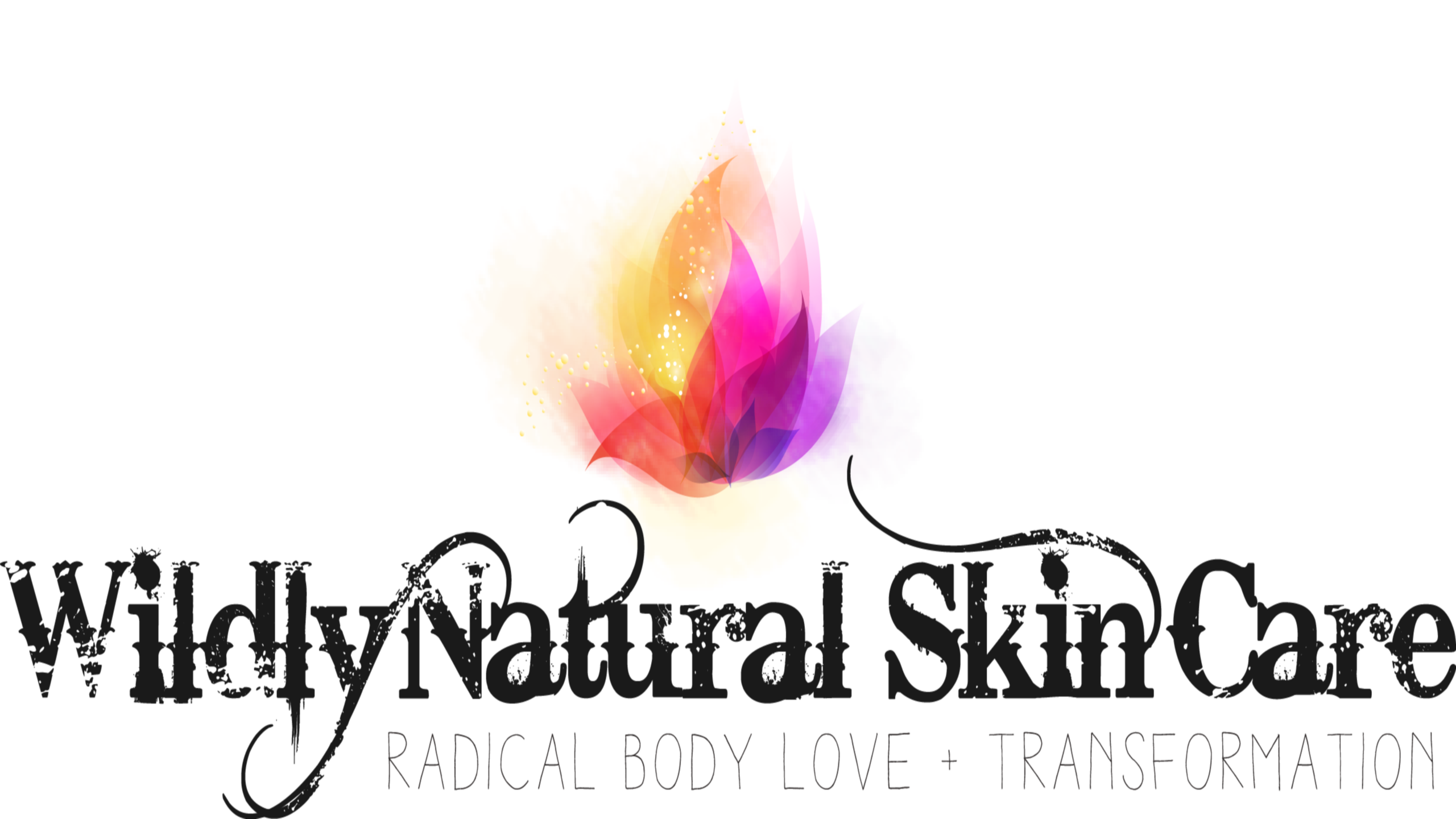 Natural sunblock protects the skin from both UVA and UVB rays and is generally water resistant. I have not yet gotten into the habit of applying sunblock for a few reasons. One is that many of the so-called natural brands are loaded with questionable ingredients and really, I am not comfortable putting them on my body. Then many of the really natural brands contain the minerals zinc oxide and titanium dioxide which can create bright white and pasty skin.
Natural sunblock protects the skin from both UVA and UVB rays and is generally water resistant. I have not yet gotten into the habit of applying sunblock for a few reasons. One is that many of the so-called natural brands are loaded with questionable ingredients and really, I am not comfortable putting them on my body. Then many of the really natural brands contain the minerals zinc oxide and titanium dioxide which can create bright white and pasty skin.
Sunblocks work in one or both of 2 ways:
1) Chemical sunscreens are organic chemicals that absorb UV light. The herbs and oils listed would fall under this category, as chemical constituents present in the raw ingredients have UV absorbing properties. Note that organic chemicals (all “chemicals” really) can be naturally occurring or synthetically created. The Earth is made up of billions of chemicals, as are our bodies, food, and life itself.
2) Physical sunblocks contain inorganic particulates that reflect, scatter, and/or absorb UV light. This includes titanium dioxide and zinc oxide.
A broad spectrum sunblock will protect from both UVA and UVB rays. Though UVA radiation will not lead to the skin burning, it can lead to melanoma. Another potential benefit of using sunblock is to maintain skin hydration under the hot and drying sun.
Sunblock is a type of sunscreen that blocks both UVA and UVB rays and uses a heavy carrier oil to resist water. Titanium dioxide and zinc oxide are two important ingredients in natural sunblock because they do not degrade in sunlight exposure.
It is possible to buy or make an all natural, plant and mineral-based sunblock that will keep your skin hydrated, protected from sunburn and loaded with antioxidants and other plant gifts. After all, it was only this past century that “sunblocks” as we know them existed. Before that, people got by with plants, minerals, and behavioral adjustments.
Physical Sunblock Ingredients
- Titanium dioxide is an inorganic, naturally occurring mineral and has a high refractive index, strong UV light absorbing capabilities and resistance to discoloration under UV light.
- Zinc oxide is also an inorganic mineral and is the broadest spectrum UVA and UVB reflector. It is completely photostable.
- Both minerals are great for sensitive skin and babies as they are not absorbed in the skin and sit on the surface making them non-irritating, nonallergenic and non-comedogenic.
Chemical Sunblock Ingredients
- St. John’s Wort (Hypericum perforatum) has an interesting reputation. It is considered to cause photosensitivity when taken internally yet is often used as a sunscreen externally. This is as an infused-herbal oil. Herbalist Susun Weed says that the skin needs about 1 week to learn how to use the herb as a sunscreen.
- Shea butter contains cinnamic acid which is a natural sunscreen and offers an SPF of 6.
- Macadamia oil and Hemp Seed oil both have an SPF of 6.
- Sesame seed oil has an SPF of 4.
- Red Raspberry Seed oil reportedly has an SPF equal to that of titanium dioxide at around 28-50!
- Wheat Germ oil has an SPF of 20.
Most of the SPF’s listed are based on empirical evidence and need to be researched further to be definitive. As always it is best to test and experiment and learn what works best on your skin and when to reapply. It is exciting that many alternatives exist to the synthetic, chemically-laden sunblocks on the market today. Here you can find many of the natural sunblock ingredients.
